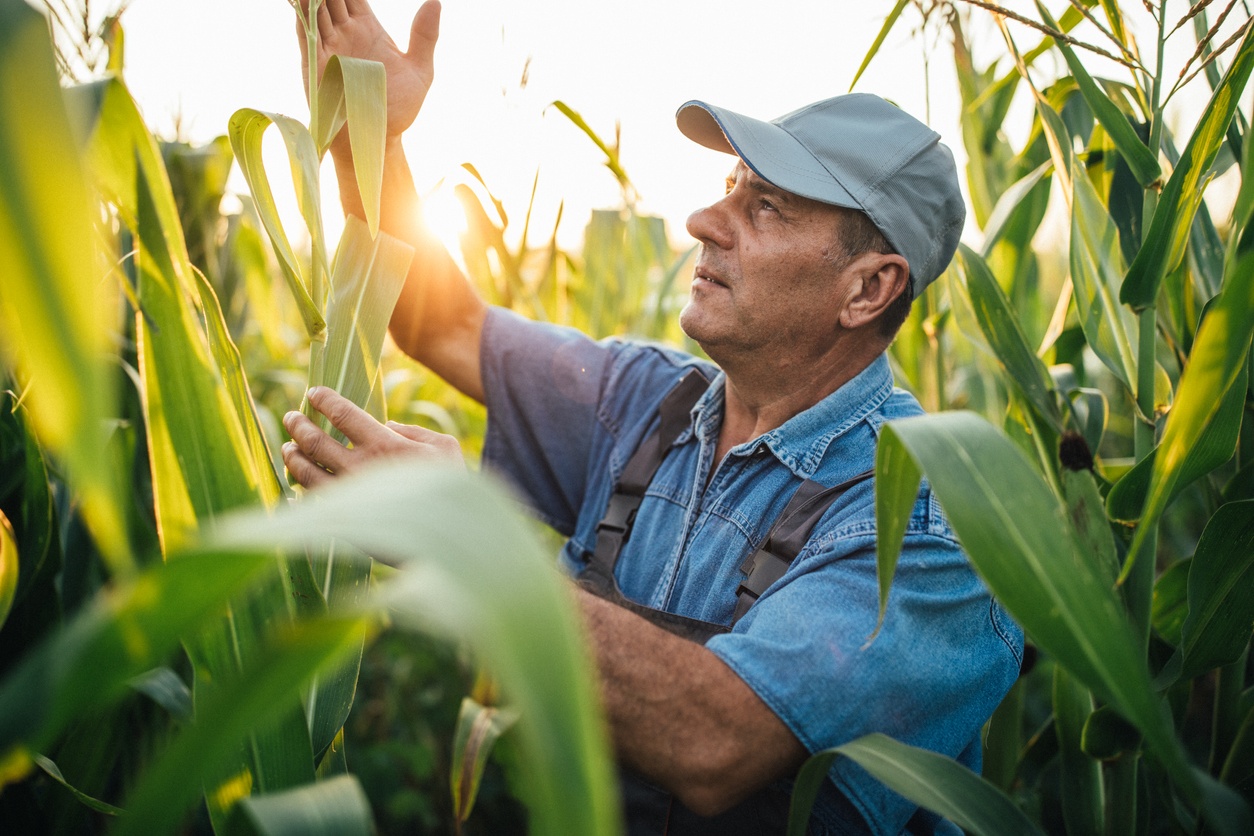As the world’s largest agricultural innovator, the Syngenta Group uses data science to transform how crops are grown by enabling millions of farmers to make more effective use of available resources. Through world-class science and innovative crop solutions, their 49,000 people in over 100 countries play a vital role in safely feeding the world, whilst taking care of our planet.

The brief.
Central to Syngenta’s strategy has been their Good Growth Plan, which places the fight against climate change and biodiversity loss at the heart of farming’s productive future. Their innovative use of statistical analysis transforms crop protection and maximises genetic gain, which in turn contributes to more sustainable worldwide food production.
With digital agriculture shaping Syngenta systems across the globe, increasing emphasis was placed on enabling and automating the extraction of insight from data, to optimise important decisions and support the step-change towards regenerative agriculture. The team wanted to implement a centralised R ecosystem for their community of 75 users: improving data quality, processing and ongoing support across a wide range of functions. Crop science is a highly regulated industry, and a centralised ecosystem offered the advantages in terms of standardisation and increased visibility vs. siloed data applications and code repositories.
As users with a heavy dependence on R, Syngenta wanted to create a common platform for open application development that would enable their data scientists to innovate more effectively with centralised access to data from multiple resources, and the ability to develop and deploy customised analysis and visualisation solutions faster.

The solution.
After in-depth discussions with Syngenta’s user community, we designed an analytic platform to underpin Syngenta’s data-driven transformation, centralising data assets and practices. An RStudio ecosystem presented the right balance of collaborative autonomy and auditability, also enabling the management of their vast datasets at scale in a controlled, reproducible way.
The new infrastructure gave Syngenta’s large and diverse team access to end-to-end capability, from databases and APIs to apply custom code and algorithms, enabling them to create product IDs, interfaces and applications that could be owned and published internally.

The outcome.
“The value to our data scientists has been considerable. We wanted the opportunity to find out what we did not know: to build an infrastructure and an open sand box, enabling innovative research that aligned to our sustainability goals,” said Luis Galiano, Senior Lead, Statistical Analysis and Data Visualisation at Syngenta.
Helping to drive Syngenta’s sustainability agenda, the centralised platform has leveraged multiple business applications of R and Shiny, automating regulatory documentation and processes, enhancing data quality and saving enough time and resource to free two PHD scientists. The team have optimised sample logistics, business case modelling, field conditions and crop production modelling, which would not have been possible without a centralised platform. They have successfully developed coherent frameworks and best practice, compliant methodology in R. “It has improved the productivity of scientists, allowing us to focus on the needs of each grower in the markets we serve,” said Luis.
“We now have an agile proof of concept to grow organically with our business goals. Our business-centric approach has added incremental business value, leading to better experimental design,” said Elisabeth Easton, Crop Protection R&D IT Informatics Platform Lead.
Amongst one of our biggest challenges was to build the right infrastructure to enable faster, more efficient research that contributed to the sustainability of our planet. It needed to be stable and resilient to scale, and yet be technically efficient to match the fast development cycles of RStudio. The solution needed to fully understand the requirements of our scientists so they could effectively collaborate and help farmers adapt to climate change, soil erosion and biodiversity loss and other business critical applications.
Luis Galiano
Senior Lead, Statistical Analysis and Data Visualisation at Syngenta.
Syngenta case summary
Q3
2021
Agriculture
Helping Syngenta accelerate agricultural innovation.
- Data Science
Centralisation of data assets and practices
Automation of regulatory documentation
Open sand box to enable innovative research




